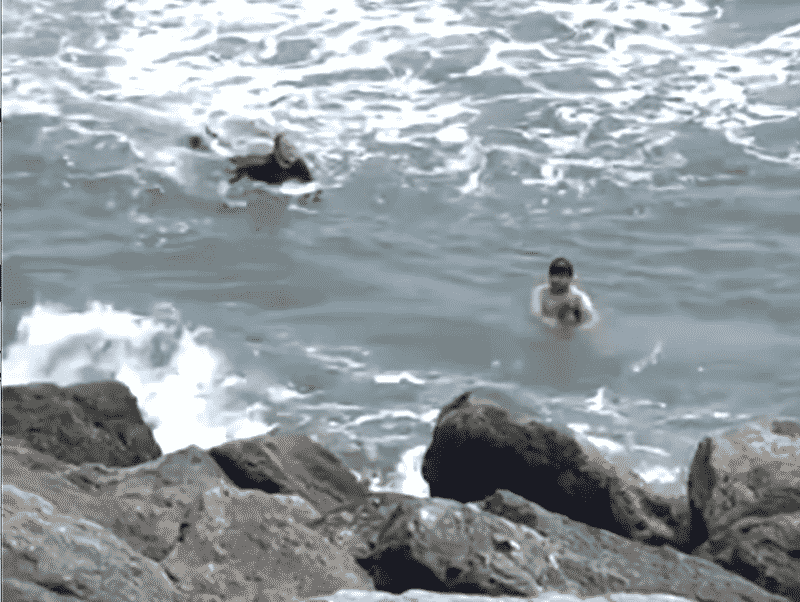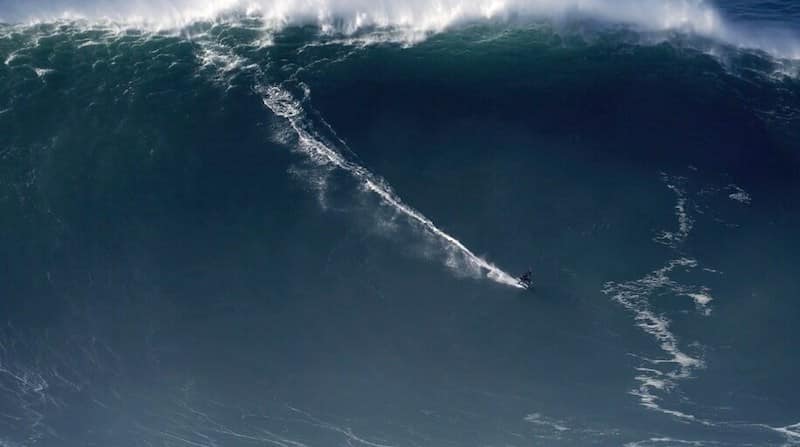Ain't no chivalry on the cusp of death!
A little lesson in the wiles of panic and how the spectre of death can push a man into survival-at-all-costs mode, the consequences be damned.
In this shortish clip, taken at the surf spot La Barre yesterday, a joint once famous for a world-class left before a groyne/jetty was built shielding it from all but six-foot plus swells, we see a couple of teenagers caught in the rip that runs alongside the jetty.
The rescuer, Pierre-Oliver Coutant, writes,
“A young girl as well as another young man, they don’t know each other, are caught by the same current. Panicked the young man uses the girl as a buoy so as not to drown. It’s the survival instinct.”
A few weeks back, I was surfing with a pal of mine, a lifeguard, when a gal needed help. Stronger than usual, she damn near took him down; he had to belt her in the chops to release her death grip.
“That was close,” he (sorta) laughed afterwards.
The thing is, and as I taught my kids when they were four, even Michael Phelps can’t swim against a rip, so roll onto your back, enjoy the free ride, and when it runs out of gas, swim parallel to the beach and come back through the waves.
Society, however, has determined the best way to teach non-oceangoers about rips is to cast ‘em as death sentences, “Rips Kill” etc. And, it’s true, they kill, but they kill because as soon as someone feels their legs disappear from under ’em and they’re heading to the horizon, the instinct is to panic, thrash, scream, followed by gulps of water, lungs shut off, sink.
Two days later, the body, bloated, floats to the surface.







